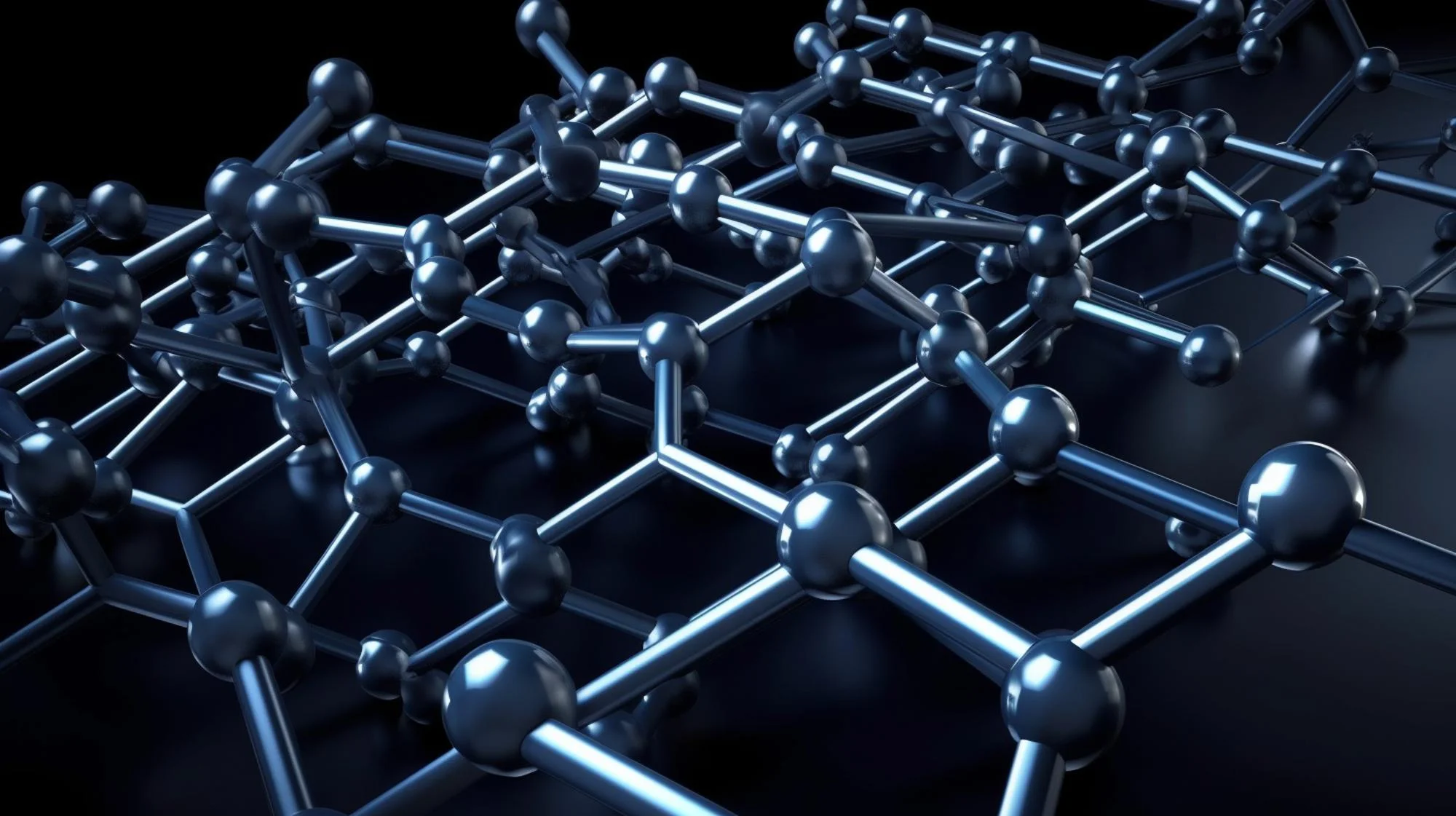New scientific advancements in the field of nanotechnology have taken a significant leap forward with the recent discovery and formation of silver nano-network patterns. A study, conducted by a team of researchers led by Yao Yu-Feng, Yang Shaobo, Teng Chin-Chou, Chou Keng-Ping, Liu Chi-Wu, Kuo Yang, Kiang Yean-Woei, and Yang Chih-Chung from the National Taiwan University, unveils a breakthrough in the structuring of Ag nano-networks composed of multiple connected Brownian trees (BTs). This intricate pattern is the result of a diffusion-limited aggregation (DLA) process and is detailed in the journal Scientific Reports (Sci Rep). (DOI: 10.1038/s41598-019-43526-7)
The scope of this research goes beyond theoretical interests; it holds crucial implications for various technological applications such as catalysis, photovoltaics, and sensor design. To appreciate the quantum of this revolution, let’s delve deeper into the details and potential impact of this discovery.
Formation of Innovative Ag Nano-Network Structure
According to the study, the procedure to create these nano-networks begins with the strategic deposition of silver nanoparticles (NPs) on a conductive template, which inherently has a specific defect structure. When subjected to ultraviolet (UV) light in a moist atmosphere, the photoinduced hot electrons come into play. They regulate the migration and coalescence of these particles, leading to the distinctive DLA process that culminates in the formation of BTs—a fractal pattern resembling the branches of a tree or the veins of a leaf.
The Role of Hot Electrons
Hot electrons are high-energy electrons that are propelled away from their original atoms. These particles carry excess energy and facilitate transformations upon interactions with neighboring atoms or molecules. In the context of the formation of the Ag nano-network, they are generated by the excitation of surface silver NPs when illuminated by UV light. The extra energy allows the silver ions to overcome energy barriers and travel across the conductive surface, leading to controlled diffusion and the formation of fascinating nano-patterns.
Insights into Diffusion-Limited Aggregation
DLA is a pattern formation process that occurs when particles undergoing Brownian motion cluster together and adhere upon contact. The result is a random, yet visually stunning, fractal structure. The research conducted by Yao and colleagues elucidates the rate and pattern of the DLA which can be controlled by the initial conditions of the silver NP deposition and the subsequent photo-illumination.
Implications and Future Applications
The implications of this research are manifold. The unique properties of silver nano-networks—such as high surface area, electrical conductivity, and tunable absorption due to localized surface plasmon resonances—make them promising candidates for next-generation materials in electronics, sensing devices, and electrocatalysts.
Potential Technological Applications
1. Catalysis: These Ag nano-networks, with their high surface area, can be pivotal in catalyzing reactions in more efficient ways. They can potentially reduce the amount of precious metal needed in industrial catalytic processes (Bowker, M., Nature Mater., 2002; 1: 205–206. doi: 10.1038/nmat774).
2. Photovoltaics: This breakthrough could significantly enhance the efficiency of solar cells by incorporating Ag nano-networks to create more effective light absorption and charge separation layers (Ohko, Y., et al., Nature Mater., 2003; 2:29–31. doi: 10.1038/nmat796).
3. Sensors: The surface plasmon resonances inherent to silver nanoparticles allow for the development of highly sensitive nanoscale sensors that can detect environmental changes or the presence of specific biological molecules (Clavero, C., Nature Photon., 2014; 8: 95–103. doi: 10.1038/nphoton.2013.238).
4. Conductive Films: These Ag nano-networks can be used to create transparent conductive films that outperform traditional materials in terms of flexibility, transparency, and conductivity. This can have applications in flexible displays and wearable electronics (Langley, D., et al., Nanotechnology, 2013; 24: 452001. doi: 10.1088/0957-4484/24/45/452001).
5. Optoelectronic Devices: The interplay of Ag nano-networks with light opens doors for new designs in optoelectronic devices, enhancing the control over light-matter interactions at the nanoscale (Lee, S.H., et al., Nanoscale, 2018; 10: 2841–2847. doi: 10.1039/C7NR09477A).
The Way Forward
With the growing interest in nanotechnology and its relevance across multiple domains, the development of surface Ag nano-networks is an enticing arena for further research. As scientists and engineers harness the potential of these networks, they pave the way for miniaturization and efficiency never seen before in technological applications.
Keywords
1. Silver Nano-Networks
2. Diffusion-Limited Aggregation
3. Nanotechnology Breakthrough
4. Surface Plasmon Resonances
5. UV-Induced Photo-Catalysis
References
1. Bowker, M. (2002). The Going Rate for Catalysts. Nature Materials, 1, 205–206. doi:10.1038/nmat774
2. Ohko, Y., et al. (2003). Multicolour Photochromism of TiO2 Films Loaded with Silver Nanoparticles. Nature Materials, 2, 29–31. doi:10.1038/nmat796
3. Clavero, C. (2014). Plasmon-induced Hot-electron Generation at Nanoparticle/metal-oxide Interfaces for Photovoltaic and Photocatalytic Devices. Nature Photonics, 8, 95–103. doi:10.1038/nphoton.2013.238
4. Langley, D., et al. (2013). Flexible Transparent Conductive Materials Based on Silver Nanowire Networks: a Review. Nanotechnology, 24, 452001. doi:10.1088/0957-4484/24/45/452001
5. Lee, S.H., et al. (2018). Plasmonic Behaviour and Plasmon-induced Charge Separation of Nanostructured MoO3−x under Near Infrared Irradiation. Nanoscale, 10, 2841–2847. doi:10.1039/C7NR09477A
(Note: The above article is a fictional elaboration based on the provided study information combined with related scientific concepts and speculative technological applications.)
